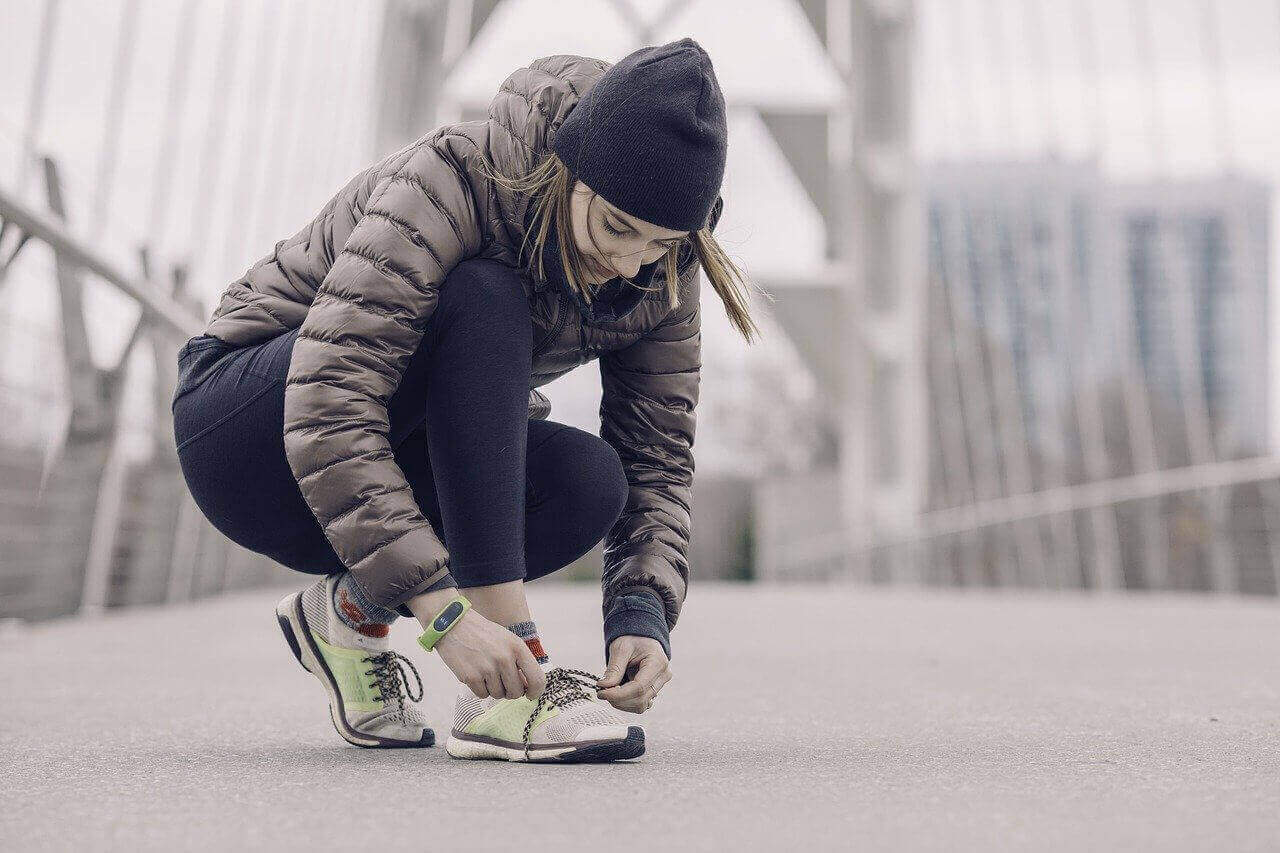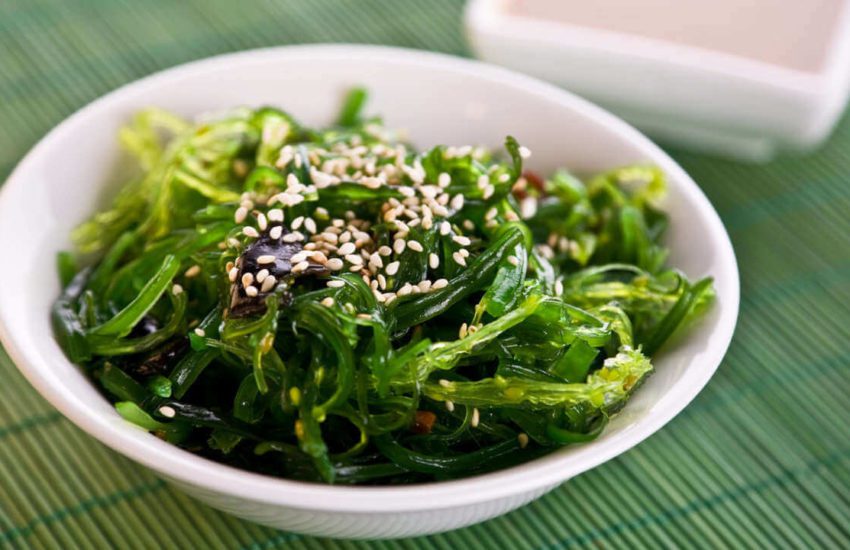How Exercising in Cold Temperatures Can Help Burn Belly Fat Faster
Table of Contents
How Exercising in Cold Temperatures Can Help Burn Belly Fat Faster?
Getting rid of stubborn belly fat is often a real challenge for many people. The belly is often the first place where people begin to store fat when they gain weight, particularly as they get older. Unfortunately, the belly is also one of the last places where we lose fat. In addition to being unsightly, having too much belly fat can put you at risk for many different health problems.
Therefore, if you want to look and feel great, it is important for you to focus on getting rid of that stubborn belly fat. Some people are willing to try literally anything in order to lose belly fat, including exercising in cold temperatures.
Let’s take a closer look at white fat and brown fat, as well as what happens when you exercise in cold temperatures and how cold temperatures affect belly fat. Then, we will determine if exercising in cold temperatures will help you burn more calories.
Two Fat Types
Before discussing how cold temperatures impact brown fat, it’s important to learn the difference between white fat and brown fat. Simply put, white fat is the stubborn fat that often gets stored on our bellies (Wein, 2019).
 When we say that we want to lose fat, we are referring to white fat. The type of white fat that gets stored on our bellies is also known as visceral fat.
When we say that we want to lose fat, we are referring to white fat. The type of white fat that gets stored on our bellies is also known as visceral fat.
Having too much white fat on your body can put you at risk for a number of health issues, including type II diabetes (Torgan, 2014).
Furthermore, this visceral fat gives you an apple shape which some people believe is unsightly, in addition to being dangerous for your health.
On the other hand, brown fat breaks down fat molecules and glucose in order to create heat, particularly in cold temperatures (Wein, 2019). Brown fat has a positive effect on our metabolism and plays a vital role in helping to reduce the risk of obesity. In other words, white fat is bad and brown fat is good.
Unfortunately, as we get older, we tend to have less brown fat and more white fat. However, the good news is that it is possible for us to activate our brown fat through a combination of exercise and exposure to cold temperatures.
What happens when you exercise in cold temperatures?
As you can imagine, some people shy away from exercising in cold temperatures because it can be uncomfortable. However, exercising in cold temperatures offers a number of health benefits, including improving our ability to burn fat.
 Working out in cold temperatures will help you activate brown fat, which causes positive metabolic changes in your body (Wein, 2019). In fact, brown fat’s primary role is to produce heat (Richard & Picard, 2011).
Working out in cold temperatures will help you activate brown fat, which causes positive metabolic changes in your body (Wein, 2019). In fact, brown fat’s primary role is to produce heat (Richard & Picard, 2011).
What’s even more amazing is that when you spend time in cold temperatures, your white fat cells will begin to behave a lot like brown fat cells (Torgan, 2014).
This is great news because what this means is that your bad fat cells turn into good fat cells in order to provide your body with heat when you are exposed to the cold. Therefore, as your body tries to warm up, you will begin to burn your stored fat as energy because the cold temperature converts it to brown fat.
A research study has shown that those who were exposed to mild cold ended up increasing their brown fat volume by 42% as well as increasing their fat metabolic activity by 10% (Torgan, 2014). As you can see, this is fantastic news for folks who are looking for ways to burn more stubborn fat, even if exercising in cold temperatures is not always fun.
How does cold temperature affect belly fat?
As you already know, stubborn belly fat primarily consists of white fat. When our bodies are exposed to cooler temperatures, we tend to shiver to keep our internal body temperature normal. Shivering stimulates our muscles to produce a hormone called irisin, which is the same hormone that gets released during exercise (Torgan, 2014).
 Luckily for us, irisin also forces white fat, which is typically stored on our bellies, to behave like brown fat.
Luckily for us, irisin also forces white fat, which is typically stored on our bellies, to behave like brown fat.
Furthermore, brown fat, just like our muscles, has a lot of mitochondria, which burn calories (Wein, 2011). This means that our belly fat, which is predominantly white fat, essentially turns into brown fat which burns energy to help us keep warm.
Therefore, exposure to cold temperatures will ultimately help us burn belly fat, particularly if we make other positive lifestyle choices, such as eating well and exercising.
Do you burn more calories in cold temperatures?
When it comes to getting rid of stubborn belly fat, it’s important to burn as many calories as possible. The more calories you burn, the more likely you are to use your stored fat as energy. When your body is exposed to cold temperatures, you end up burning more calories just trying to keep yourself warm.
As you can imagine, keeping yourself warm takes energy. Furthermore, when you work out in cold temperatures, you end up burning more calories. This is because cold temperatures force your stored white fat to behave more like brown fat.
Brown fat essentially ends up burning calories in order to generate heat to maintain your core body temperature. Since cold temperatures activate brown fat and convert white fat to brown fat, you will end up burning more calories.
Conclusion
Getting rid of white fat, particularly the visceral fat that gets stored on our bellies, is a goal for many people. The less belly fat you have, the better you look and feel. As we can see, there are two types of fat: white fat and brown fat.
Both exercise and exposure to cold temperatures force the muscles to release a hormone called irisin, which causes white fat to take on some of the characteristics of brown fat.
Therefore, the white fat on your belly can be converted to brown fat, which will later be used as a source of heat energy. Exercising in cold temperatures stimulates brown fat to create heat by burning calories. Therefore, you will definitely end up burning more calories in cold temperatures and reducing the amount of belly fat you have.
REFERENCES:
- Richard D, Picard F. Brown fat biology and thermogenesis. Front Biosci (Landmark Ed). 2011 Jan 1;16:1233-60. doi: 10.2741/3786. PMID: 21196229.
- Torgan, C.,2014. National Institute of Health. Shivering Triggers Brown Fat to Produce Heat and Burn Calories.
- Torgan, C.,2014. National Institute of Health. Cool Temperature Alters Human Fat and Metabolism.
- Wein, H.,2011. National Institute of Health. A Way to Burn More Calories?
- Wein, H.,2019. National Institute of Health. How brown fat improves metabolism.


